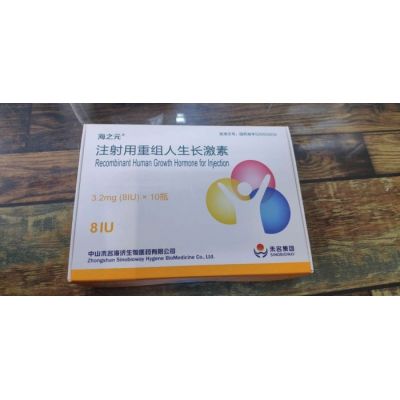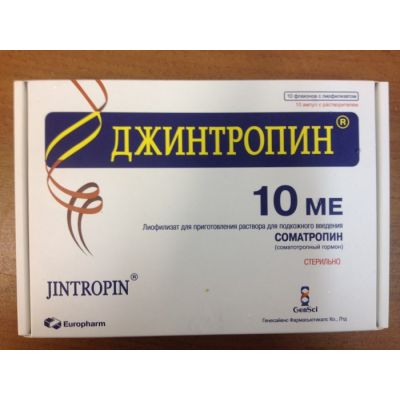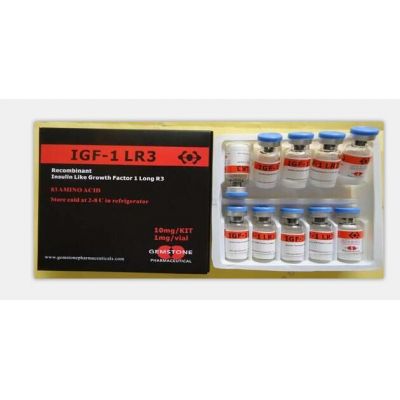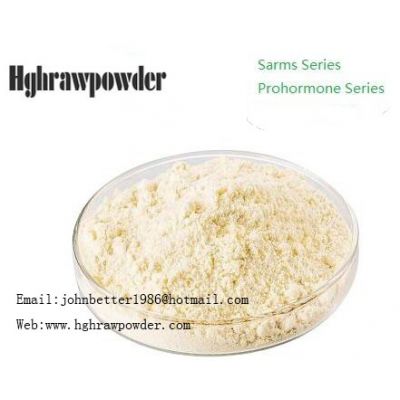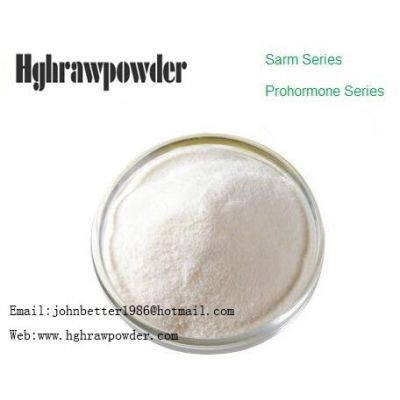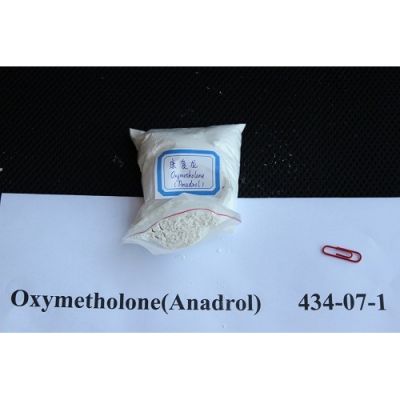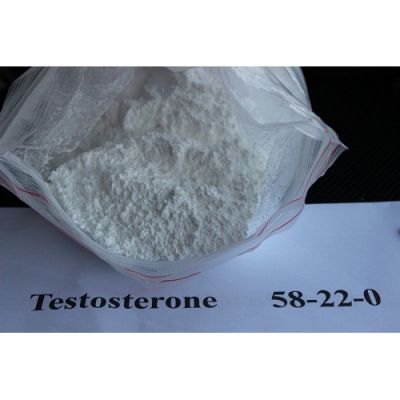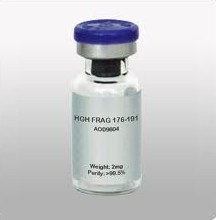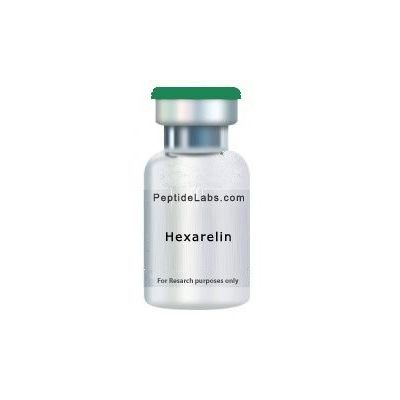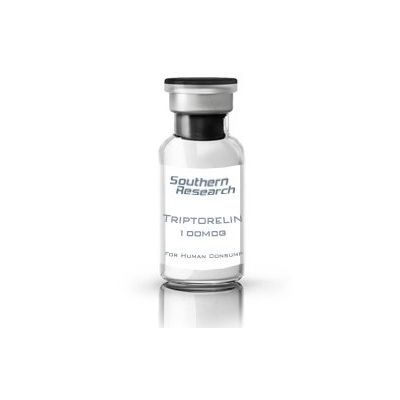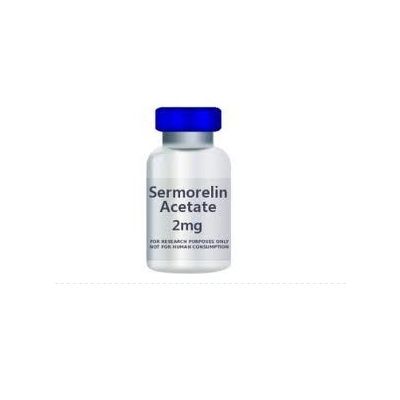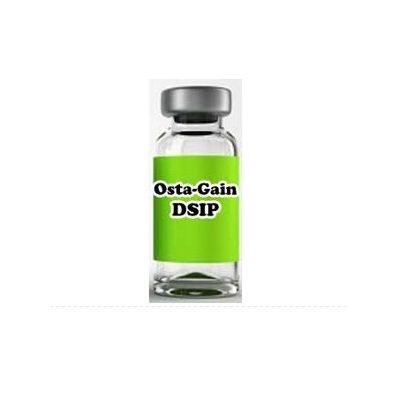- Hygetropin 200iu
- Jintropin
- Igtropin
- IGF
- HCG
- Taitropin
- Riptropin
- Kigtropin
- Peptides
- Ansomone
- Angtropin
- Steroid
- HMG Memotropins For Injection
- Methenolone Enanthate Drostanolone Enanthate
- Testosterone Enanthate
- Testosterone Cypionate
- Trenbolone Acetate
- Dianabol
- Oxandrolone
- Haratropin
- Stanozolol
- RAW POWDER
- Trenbolone Acetate Trenbolone Enanthate
- Methandienone(Methandrostenolone)
- Testosterone Decanoate
- Boldenone Undecylenate
- Angtropin 200iu
- Anadrol-Oxymetholone raw powder
- Blue top
- Nuptropin
- Bestropin
- Brown top hygetropin 100iu
- SARMS products
- IGF
- Sinotropin haizhiyuan
| Product name : Frag 176-191 | |
| Item : Frag 176-191 | |
| Price : Frag 176-191 | |
| Details : | |
Fragment 176-191, also called Frag 176-191, refers to a modified part of the G-hormone amino acid sequence. HGH fragments, in general, refer to modified amino acids forms. Studies on animal test subjects show that this particular chemical can theoretically improve muscle mass and the lipid profile. Fragment 176-191 has the traits of both hormones and peptides and has a molecular mass of 1817.12. Studies on fragment 176-191 started in the 70s when several scientists worked with similar protein groups to find out their physical configurations and overall functions. By 1978, they found out that the functions of proteins are actually related to their physical configurations the way that they are related to their informational sequences. In 1984, studies showed that fragment 176-191 is in charge for protein binding and conformational alterations within certain areas because of its high protease levels and high amount of proline. Since then, it has been proven that this particular hG-hormone fragment also has the ability to affect adipose fat cells, as well, by increasing its lipolitic activities. It isn’t related to any negative changes within the blood’s glucose levels, though. Aside from that, it has been proven that fragment 176-191 will not bring about hyperglycemia despite its G-hormone’s traits because there aren’t any hGH-receptors involved, in general. As of this moment, studies are trying to focus on the effects that may come from administering fragment 176-191 in research test subjects with HIV-associated lipodystrophy with hopes of controlling excess fat in the stomach that usually comes from these conditions. Since this chemical doesn’t have any impact on glycemic control, it definitely has the potential for this overall. Amino acid sequences can have different effects with insulin. So far, studies have been done on three systems in order to properly understand these different effects. These effects include the way that insulin binds with several isolated hepatocytes or hepatic plasma membrane receptors; intravenous insulin tolerance tests; and insulin-dependent glycogen synthase or glycogen phosphorylase modulation in muscle or adipose tissue. The results of these studies established that hexapeptide has the lowest active sequence, which means that insulin potentiating actions within active peptides are actually made to bind insulin onto certain receptors. This system lets the research test subject modulate the glycogen synthase and phosphorylase actions to bring about hypoglycemia and increase the glycogen storage in the muscles, adipose tissue and liver for future use. Different synthetic peptides exist to work with amino acids like fragment 176-191 to bring about reactions as needed. Studies have already been done on these peptides’ reactions and their in vivo effects in research test subjects. Four of these peptides – fragment 176-191 included – increased the levels of blood glucose for a while and achieved an increase in the plasma’s insulin levels for a longer time. As for the other peptides, they were inert inside the tested systems. These results show how different amino acids can work together in order to manage insulin use and travel better within research test subjects and help achieve the right balance. These results also show that biologically active peptides need a minimum of the necessary information sequence to be there just to work properly. This sequence also needs to have the right physical configuration to bring about the necessary responses from each organisms. These studies also help researchers understand how to use synthetic 176-191 within organic settings much better. Studies into solving fragment 176-191 solutions are currently ongoing to help find out the right chemical solution that will match this amino acid’s natural form much better within organic settings and allow synthetic forms to act like the natural chemicals inside the organic environment. Some studies claim that using fragment 176-191 might increase the ability to get rid of stubborn adipose tissue, as well as increase energy expenditure, fat oxidation and muscle mass. This makes fragment 176-191 a great choice to treat obesity since it is also much safer to use on research test subjects, in general. Fragment 176-191 was actually specially made to act like a fat reduction tool when controlled in a small area of the hormone molecule. Due to this unique structure, it can stimulate lipolysis much more than natural hormones do. This then results in slower lipogenesis overall. A lot of the side effects that are usually seen when other hormonal studies are done cannot be seen when fragment 176-191 is used. Impaired glucose levels, for example, haven’t been present, which means that fragment 176-191 is a great choice, in general. Current studies on fragment 176-191 are focusing on how it can encourage weight loss in research test subjects and slow down the process of aging when used regularly. However, a lot of conditions that are researched with fragment 176-191 are only done to fit the settings of this research and could therefore still influence the results in the end. Most research kits with fragment 176-191 are made for regular use at seven days a week with consistent application. They should be applied without exercise or food. |
